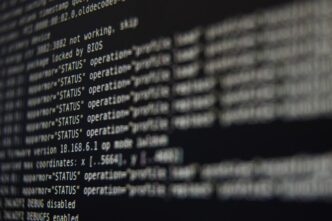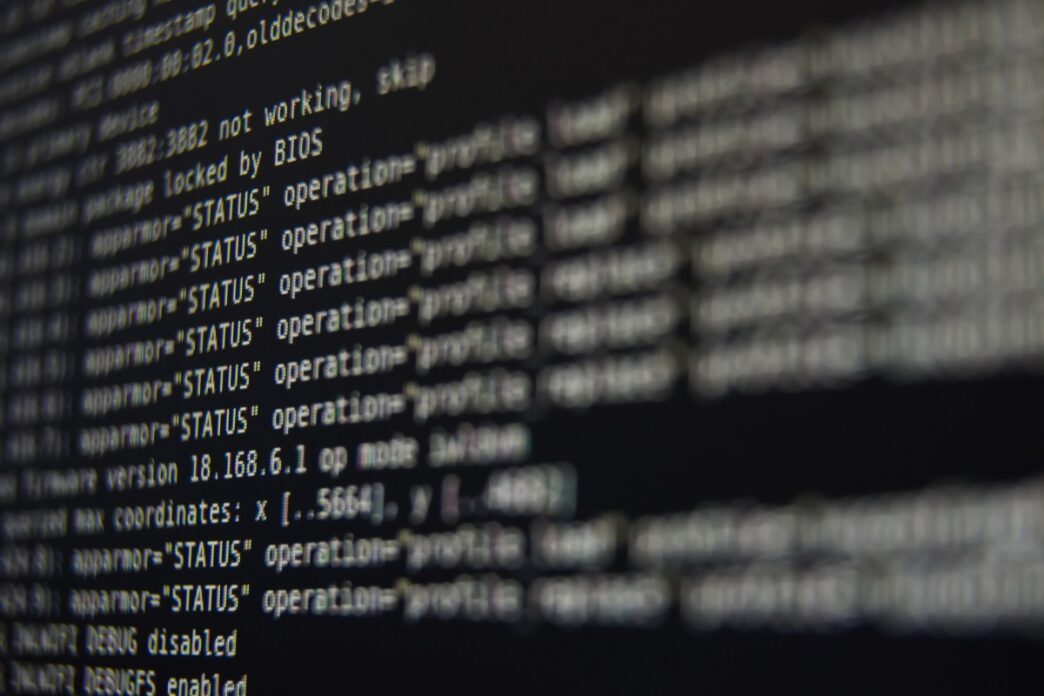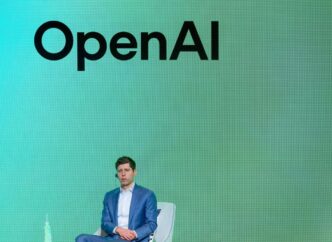Terminal-based AI tools are overtaking code editors in software development.
Big AI labs like Anthropic, DeepMind, and OpenAI rolled out new command-line coding tools this year — Claude Code, Gemini CLI, and CLI Codex. These are already among their most popular AI dev products.
The shift to terminal tools is quiet but major. Instead of just writing code, AI agents now interact directly with the full system environment, handling not just code but also setup and troubleshooting.
TerminalBench, the leading benchmark for terminal tools, shows what this means. It tests AI agents on tough tasks like building the Linux kernel or reverse-engineering a compression algorithm — not just fixing broken code on GitHub.
Alex Shaw, co-creator of TerminalBench, summed it up:
“Our big bet is that there’s a future in which 95% of LLM-computer interaction is through a terminal-like interface,” Shaw said.
At the same time, traditional AI code tools are hitting rough patches. The AI editor Windsurf is tangled in acquisition drama, with top execs leaving and its future cloudy. Meanwhile, a new METR study found that the rival Cursor Pro actually slowed developers down by nearly 20%, despite users thinking it sped them up 20-30%.
Warp is capitalizing on the gap with its “agentic development environment.” It’s a middle ground between classic IDEs and barebones terminals. Warp’s founder Zach Lloyd explained why terminals matter:
“The terminal occupies a very low level in the developer stack, so it’s the most versatile place to be running agents,” Lloyd said.
Warp currently ranks #1 on TerminalBench but still only solves about half the challenges — highlighting how hard terminal AI problems are.
Lloyd says terminal tools can already handle everyday non-coding dev tasks, like setting up new projects and dependencies:
“If you think of the daily work of setting up a new project, figuring out the dependencies and getting it runnable, Warp can pretty much do that autonomously,” Lloyd said.
“And if it can’t do it, it will tell you why.”
This shift signals a big change in AI-powered development, with terminals quietly becoming the AI interface of choice.














